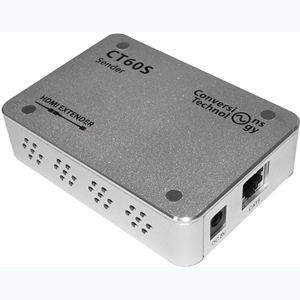
The process that includes the wireless transfer of power or electrically charging battery-powered equipment and devices without the requirement of wired electric connection is termed as wireless charging. It is often referred to as inductive charging, in which power is transferred wirelessly through electromagnetic induction.
In the case of inductive charging, electromagnetic waves are used instead of conventional wired cables to transfer energy. Nowadays, wireless chargers are easily compatible with numerous consumer devices, such as smartphones. The only condition to be fulfilled is the apparent design and technical similarity of communication models. Both the transmitter and receiver are expected to fulfill QI standards. It operates on a very basic principle where the Qi transmitter is involved in transferring the required energy to the Qi receiver. It is often used for charging small handheld devices such as mobile phones.
Within the inductive technology for wireless charging, power is transmitted using an electromagnetic field (EMF) from an inductive coupling, which is transferred via a transmitter by using an induction coil to create alternating EM current, that is received by the receiver coil in the form of EMF. This electromagnetic field is then converted into an electrical current and is used to charge a device. “Qi” (pronounced as ‘chee’) standard has majorly catered to the growth of this technology for wireless charging. Most of the smartphone manufacturers, which constitute the majority of the wireless charging market, have adopted the Qi standard for wireless charging. This widespread adoption has further propelled the market growth of inductive charging.
With the ongoing research and development in the field of consumer electronic devices, the need for an efficient charging infrastructure has increased since the inception of next-generation smartphones. There is currently a huge demand for charging infrastructure which transfers power safely to the device, puts minimal strain on the charging port, and is easier to use. With wireless charging emerging as one of the major technologies in the smartphone industry, several manufacturers such as Samsung Electronics Co. Ltd., Google LLC, LG Electronics Inc, Microsoft Corporation, Apple Inc., and Motorola Inc. have started incorporating wireless charging in their premium segment smartphones.
As wireless charging technology is still in a development phase, manufacturers in various industries, such as aerospace and consumer goods, are trying to incorporate it in a number of their products such as drones and laptops. The presence of numerous wireless chargers in the market, raises the need for certification and standardization, to ensure that a consumer receives an authentic and good quality wireless chargers.
For Report Sample, Click here: https://bisresearch.com/requestsample?id=808&type=download
WPC operates a network of labs in various countries where wireless charging products can be verified for the Qi (“chee”) standard, focused on inductive charging. Furthermore, the organization has facilitated the use of Qi-standard wireless charging applications at restaurants, hotels, airports, and public charging points, through various partnerships between organizations and end-users. Additionally, WPC is also focused on the PowerbyProxi standard for resonant charging for one-to-one or one-to-many solution.
Other prominent organizations in the wireless charging industry include AirFuel Alliance, headquartered in the U.S., formed after the merger of Power Matters Alliance (PMA), and Alliance for Wireless Power (A4WP) in 2015. The organization is responsible for inductive, resonant, and other wireless power transfer technologies. AirFuel Alliance has been developing standards, infrastructure, and network protocols, among others, for the wireless charging industry.
ITRI International Inc., Fraunhofer, Woodside Capital Partners, and Tarrant Capital IP, LLC, are some of the globally renowned organizations deeply engaged in the research and development of wireless charging. The various raw materials used in the manufacturing of wireless charging include copper wire/coil, plastic/fiber body, and switches, among others. The transmitters and receivers are then manufactured with compatible standards such as Qi standard to improve interoperability between Qi-enabled devices. Furthermore, the integration of components is done by the device manufacturer. The companies operating in the wireless charging market channelize their distribution through owned-outlets or online retail stores. Forward integration (the strategy to expand the business of a company to control distribution and supply of the company’s product directly), is possible in this supply chain as the companies prefer to improve their distribution channels and services.




























